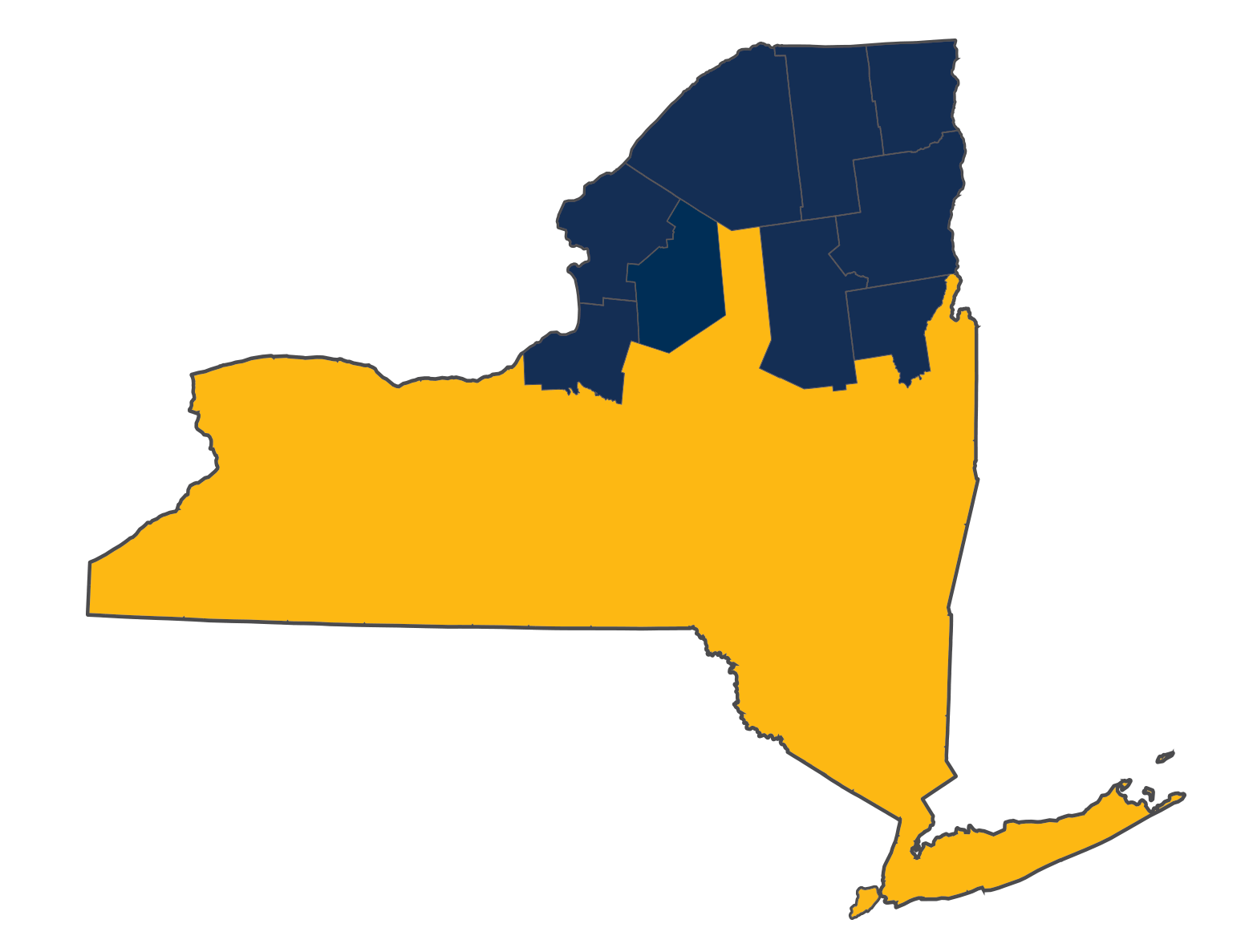
Legacies of War - North Country Military Heritage
Soft Adventure – 3 Days/2 Nights
The North Country has seen its share of death and destruction due to several military conflicts. The French and Indian War, the American Revolution, the Civil War and the War of 1812 have all left scars on our landscape and our hearts. Control of the waterways of the North Country proved to be crucial. Expansive fortifications on the waterfront protected the inland regions.
Fort Ontario State Historic Site – The current star-shaped fort dating to the early 1840’s replaces the original fortification built but the British in 1755. This site has seen battles in the French and Indian War, the American Revolution, the Civil War and the War of 1812. Although it had several decades where it was abandoned, reorganization of the Army in the early 1900’s brought new life. Between 1944 and 1946 Fort Ontario was used as an emergency refugee center, the only one of its kind in the country, for victims of the Nazi Holocaust.
Sackets Harbor Battlefield State Historic Site – The entire village became the center of American naval and military activity for the upper St. Lawrence Valley and eastern Lake Ontario. The protected harbor near massive woodlots housed an extensive shipyard. Barracks were built to house thousands of soldiers, sailors and support personnel. The Battlefield is home to the Commandant’s House and restored Navy Yard. Interpretive exhibits and costumed interpreters bring the era to life.
Fort de la Présentation – Through seven decades – 1749 to 1813 – encompassing the Seven Years War, the American Revolution and the War of 1812, Canadian and American history intertwined at the mouth of the Oswegatchie River in what is now Ogdensburg, New York. The Fort de la Présentation site is located at Lighthouse Point in Ogdensburg, NY. Currently, there is an historic monument and interpretive signs and future plans include an interpretive center, greenspace restoration, recreation of a Native American village and fort reconstruction.
Crown Point State Historic Site – When Samuel Champlain saw Crown Point (1609), this limestone peninsula was the frontier between the Mohawk Iroquois (to the west) and the Abenaki Indians (to the east). In the 1700s, European settlement brought territorial competition between New France (to the north) and British colonies (to the south). Surrounded by competing forces, Crown Point was a popular staging area for raids and military campaigns. French-built Fort St. Frédéric (1734) made Crown Point a military stronghold for New France. After the French blew up their fort and their fortified windmill and abandoned their settlements, in late-July 1759, the British Army and Provincial troops from colonial New England and New York built a vast fort with defensive redoubts and blockhouses, a naval fleet, and a 77-mile road from Lake Champlain to the Connecticut River.
An accidental fire in 1773 so thoroughly and permanently ruined the giant British fort that it was reduced to secondary importance in the 1775-83 War for American Independence. Still, 29 of the 111 cannons that the Green Mountain Boys liberated from Crown Point on May 11, 1775 were used in 1776 to drive the British out of Boston Harbor. The ruins of Crown Point’s walls still stand today.
War of 1812 Museum – One of the last great battles of the War of 1812, the Battle of Plattsburgh is celebrated with these walls featuring exhibits that recount the events of the battle within the context of the War of 1812, the political and economic causes of the war, the land and naval engagements at Plattsburgh, and the significant role that the battles played in the final peace negotiations. The museum also offers a chance for visitors to relive history with their War of 1812 Boot Camp. The Boot Camps are a unique opportunity for people of all ages to get an experiential understanding of this important time in history and how it touched four nations. Groups can immerse themselves in an authentic 1812 military encampment and learn about the camp life of a soldier and experience life as it was 200 years ago.
Kent-Delord House Museum - With Lake Champlain and The Green Mountains of Vermont as a back drop, this 1797 Federal-style house overlooks the actual site of the 1814 Battle of Plattsburgh. It was home to the Delord Family; Henry Delord was a prominent member of the Plattsburgh Community and is known for going from postmaster to Congressional Medal of Honor recipient. During the War of 1812 the British invaded the Lake Champlain Region on September 11th, 1814; Plattsburgh was filled with turmoil and bloodshed. Many fled the area, including the Delords. While the Delords fled to the Peru Quaker Union, the British utilized their home as their headquarters. Tour the home and gardens and see how life was for families during the War of 1812. The Kent-Delord House gardens are also a point along the War of 1812 International Peace Garden Trail.
Fort Ticonderoga – Long before the construction of the fort, the peninsula saw battles dating back to the early 1600’s. 1755 saw the building of the fort that would cover the portage between lakes George and Champlain. Major battles took place during the French & Indian War and the American Revolution. More than 2000 acres are available to explore with museum exhibits, costumed interpreters and musket demonstrations.
Fort Ticonderoga – Long before the construction of the fort, the peninsula saw battles dating back to the early 1600’s. 1755 saw the building of the fort that would cover the portage between lakes George and Champlain. Major battles took place during the French & Indian War and the American Revolution. More than 2000 acres are available to explore with museum exhibits, costumed interpreters and musket demonstrations.

